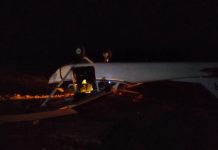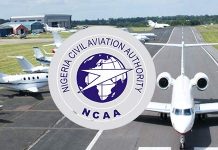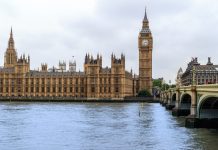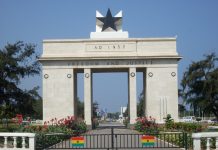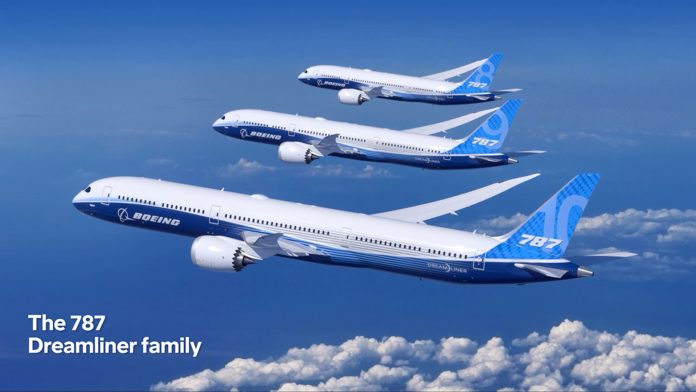Boeing has announced that its 787 Dreamliner fleet has officially carried more than one billion passengers, reaching this milestone faster than any other widebody commercial aircraft in history. Since entering service in 2011, the Dreamliner family has achieved this feat in less than 14 years, underscoring its growing influence on global air travel. The fleet, which now numbers more than 1,175 airplanes, has completed nearly five million flights and logged over 30 million flight hours.
Scott Stocker, vice president and general manager of the Boeing 787 program, praised the global airline customers who have contributed to the Dreamliner’s success. “This milestone would not have been possible without the trust and confidence of our customers in operating the 787, and we are incredibly grateful for each of them,” he said. “The 787 Dreamliner family was designed to connect people and places like never before. Flying over 1 billion passengers in this relatively short time is a testament to how the airplane has delivered on its promises to transform air travel with operational versatility, efficiency and comfort. This achievement reflects the dedication, talent and innovation of the teammates and partners who have brought the 787 family to life. To every operator flying the 787 and every one of the 1 billion passengers who have flown on a Dreamliner, thank you.”
Since its commercial debut, the Boeing 787 has become the bestselling widebody passenger aircraft, with more than 2,000 orders placed by 89 customers. The Dreamliner operates in over 85 countries and regularly serves more than 520 airports, including 425 new nonstop routes that previously had no direct service. The aircraft’s design has enabled airlines to open new long-haul markets, reducing travel time and enhancing passenger connectivity.
Currently, the 787 family operates approximately 2,100 flights daily, transporting over 480,000 passengers each day, which adds up to around 14.5 million people each month. The aircraft has proven highly dependable, averaging more than 12 hours in the air daily per plane, a strong indicator of global demand and operational reliability.
Highlighting its versatility, the Dreamliner operates the world’s longest nonstop route—Qantas’ London to Perth service, covering 7,829 nautical miles—as well as one of the shortest: TUI’s Aruba to Curaçao leg, just 65 nautical miles, flown as part of a transatlantic triangle route.
One of the Dreamliner’s standout achievements is its improved environmental performance. The aircraft is approximately 25 percent more fuel efficient than the planes it replaces. This efficiency gain is credited to a combination of factors, including new generation engines, increased use of lightweight composite materials, modern aerodynamics, and more efficient systems.
The Boeing 787’s rapid ascent to the one-billion-passenger mark affirms its transformational role in commercial aviation, blending long-range capability, fuel efficiency, and passenger comfort to help airlines connect the world in new and more sustainable ways.



